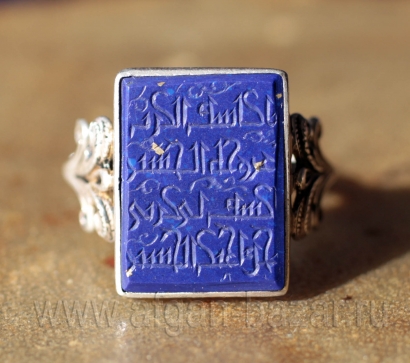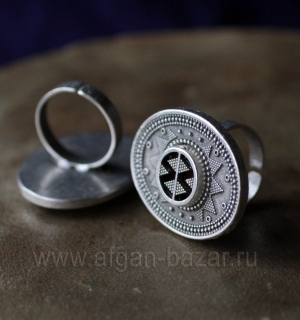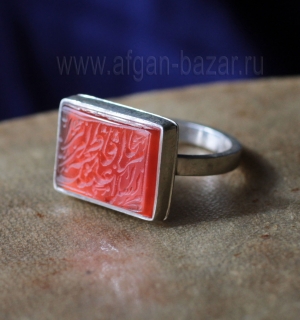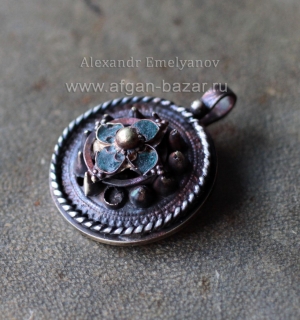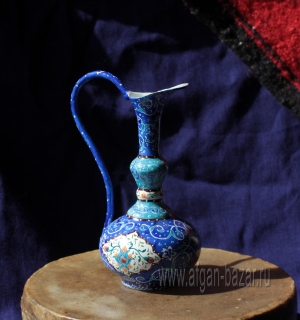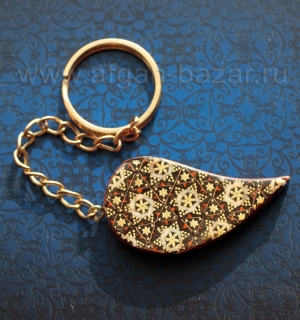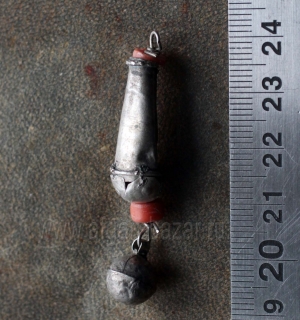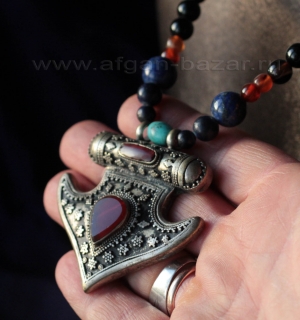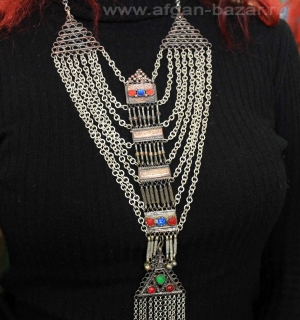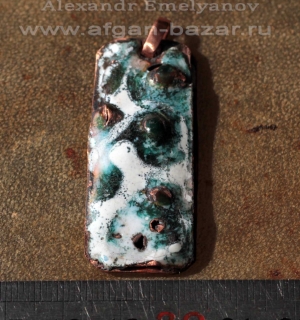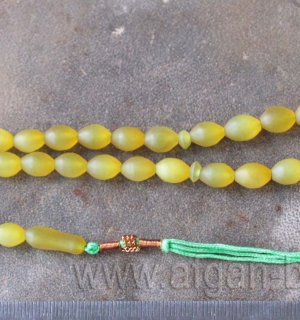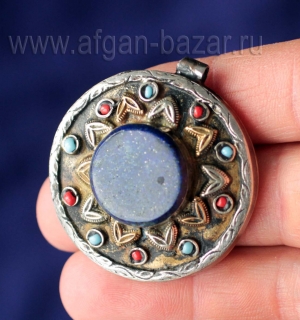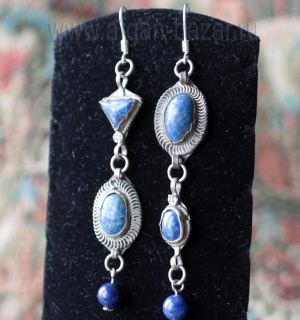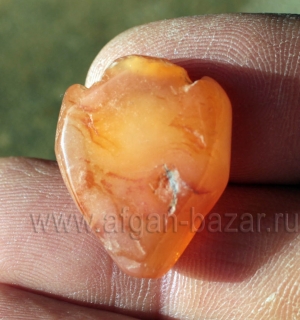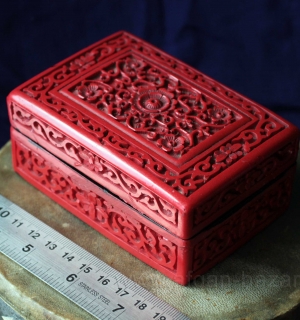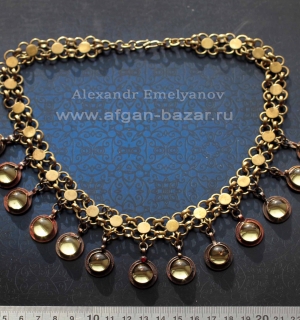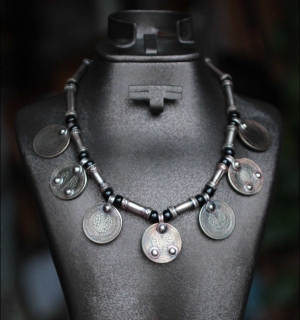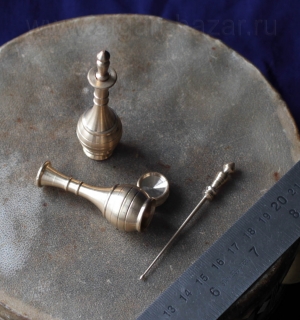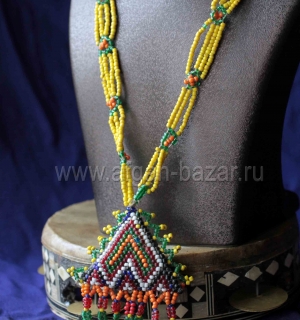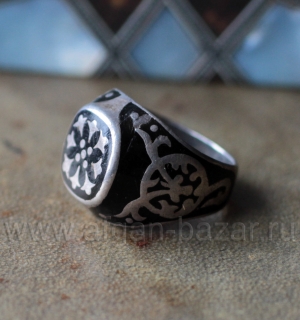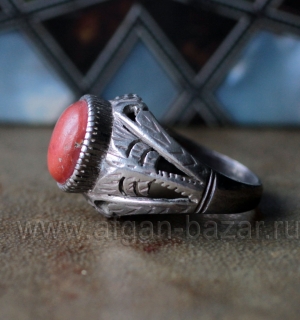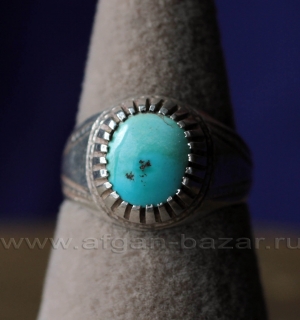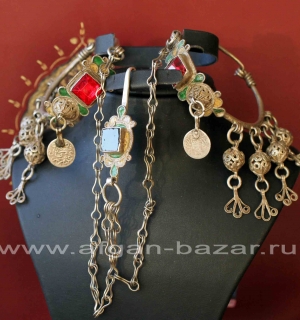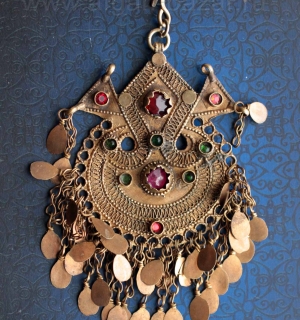Лазурит - один из трех самых священных камней Древнего Мира (Наряду с бирюзой и сердоликом). В Древнем Египте тот камень был посвящен богине любви Хатор. Более всего ценился темно-синий лазурит чистого цвета. Его привозили из далекого Афганистана, где и по сей день существует крупнейшее в мире месторождение самого лучшего в мире лазурита. В древнем Иране ценились украшения с лазуритом, его отделывали золотом с искусной чеканкой и филигранью.
В античный период считалось, что лазурит оказывает на людей магическое воздействие. Его сравнивали с ночным небом и морскими глубинами.
В Месопотамии и Вавилоне лазурит высоко ценился, его считали "мужским" камнем в противоположность сердолику, который с древнейшего времени связан с женским началом.
С незапамятных времен лазурит идет на изготовление бусин и вставок в украшения на территории современного Афганистана.
Самые ценные сорта лазурита - камни, имеющие глубокую синюю окраску, а также сине-белый крапчатый рисунок. Лазурит часто имеет включения золотистого пирита, что оттеняет и дополняет его естественный цвет.

